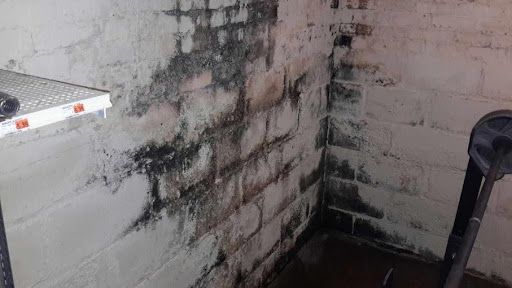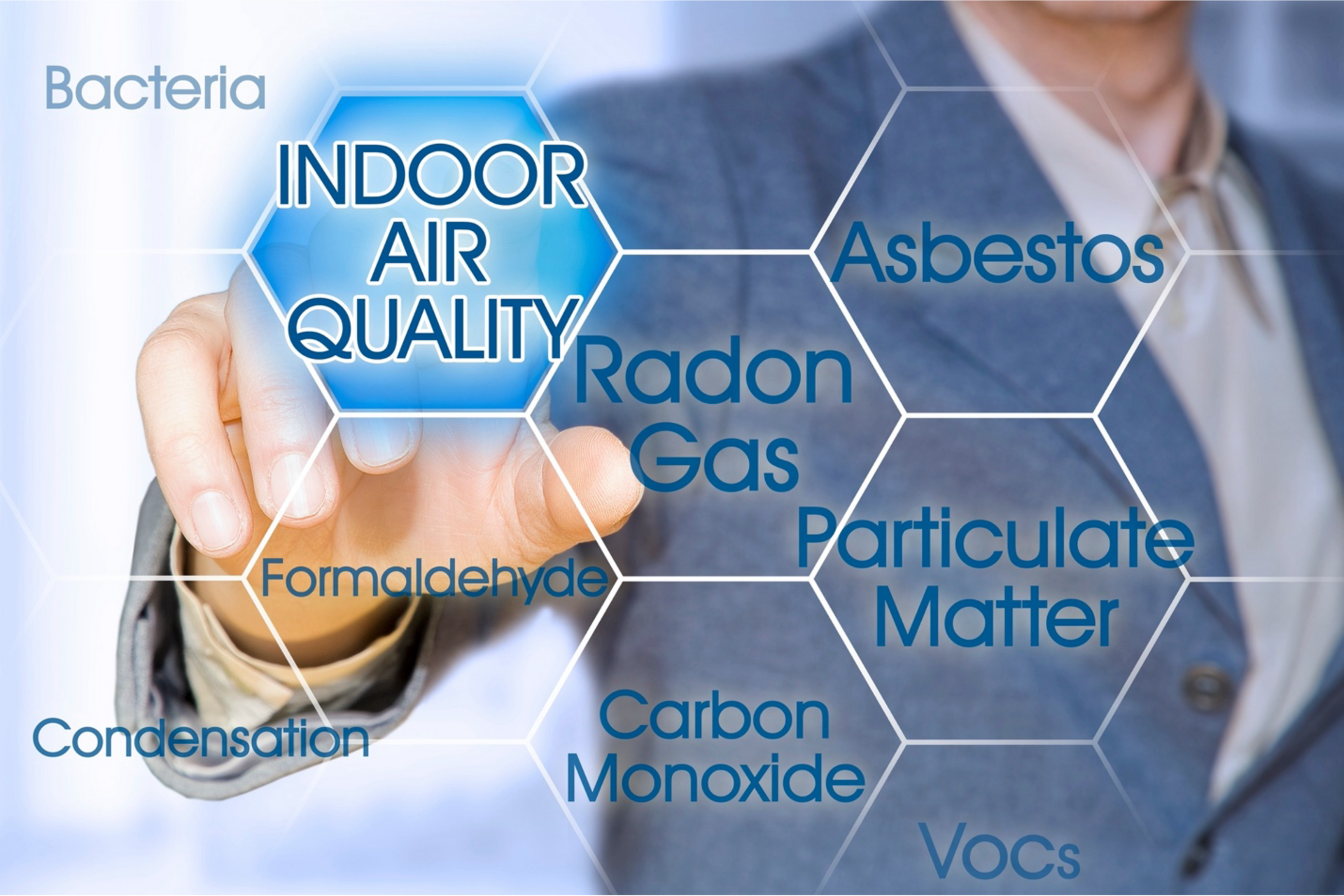Our Blog
Our Blog
Serving Cook, Will, DuPage, & Kankakee Illinois
View Our Past Blog Posts

By Smart Digital
•
August 26, 2024
As students prepare to head back to school, parents and guardians have a lot on their plates. From buying school supplies to planning new routines, the checklist seems endless. However, there's one crucial item that often gets overlooked: Indoor Air Quality (IAQ). Good IAQ is vital for the health, well-being, and academic success of children. Let's dive deeper into why you should test your home and ensure the air your family breathes is clean and safe. Why Test Your Home? Radon : Radon is an invisible, odorless radioactive gas that seeps into homes from the ground. It forms naturally from the decay of uranium found in soil, rock, and water and can accumulate in homes, especially in lower levels such as basements and ground floors. Radon is the second leading cause of lung cancer in the United States, following smoking, and is the number one cause of lung cancer among non-smokers. This makes testing for radon a top priority for any homeowner, particularly for those with children. The good news is that Precision Environmental Services Inc. makes radon testing simple and affordable, providing peace of mind and a safer home environment. Mold : Mold is a common issue in homes that can easily go unnoticed until it becomes a significant problem. It thrives in damp, dark places—often in basements, bathrooms, or hidden within walls where leaks may occur. Mold spores can circulate through the air, potentially leading to respiratory problems, allergic reactions, and other health issues, particularly in children, and those with pre-existing health conditions. The effects of mold exposure can range from minor symptoms, such as sneezing and skin rashes, to severe respiratory issues like asthma attacks and chronic sinus infections. Identifying and addressing mold early on can prevent these health risks and help maintain a healthy indoor environment. Indoor Air Quality (IAQ) : Indoor air quality encompasses more than just radon and mold. It includes all potential airborne contaminants, such as dust, pet dander, volatile organic compounds (VOCs) from household products, and even emissions from furniture and building materials. Poor IAQ can negatively affect everyone's health, but is particularly harmful to children. Studies have shown that poor air quality can impact cognitive development, memory, and focus, directly affecting a child's ability to learn and perform in school. Moreover, high levels of indoor air pollution can lead to fatigue, headaches, and a general sense of malaise, reducing a child's ability to concentrate and engage actively in their education. What are the Effects on Children’s Health? Asthma : Many indoor air pollutants can trigger asthma symptoms or make them worse. Common culprits include dust mites, mold spores, pet dander, and secondhand smoke. For children with asthma, these triggers can cause frequent asthma attacks, making it difficult to breathe and limiting their participation in physical activities. A home free from these pollutants can significantly improve the quality of life for children with asthma, reducing hospital visits and school absences. Development : Clean air is fundamental for healthy brain development. Studies have shown that children exposed to higher levels of indoor pollutants tend to have lower scores in cognitive function tests. This is because pollutants like VOCs and high levels of CO₂ can impair brain function, reducing attention span, memory retention, and problem-solving skills. Ensuring your home has good ventilation and minimal indoor pollutants can foster a better learning environment, promoting cognitive growth and development. Focus and Attention : Fresh air is crucial for maintaining concentration and focus. Indoor spaces with poor ventilation can accumulate high levels of CO₂, leading to symptoms such as drowsiness, headaches, and decreased cognitive function. This can significantly impact a child's ability to concentrate on homework or even stay awake in class. Regularly ventilating your home and using air purifiers can help maintain a healthier indoor environment, ensuring your child is alert and ready to learn. A healthy home is the foundation of a successful academic year. By investing in indoor air quality testing, you’re not just protecting your child’s health, but also fostering an environment where they can thrive both physically and academically. Let’s work together to create a safe and nurturing home for our children. Remember, ensuring clean and safe air in your home isn’t just a back-to-school task—it's a year-round commitment to your family's health and well-being. Let's make this school year the best yet by starting with a healthy home!
Counties We Serve
Dupage County, Kendall County, Cook County, Kankakee County, Will County, and Metro Chicago Area south and west communities









